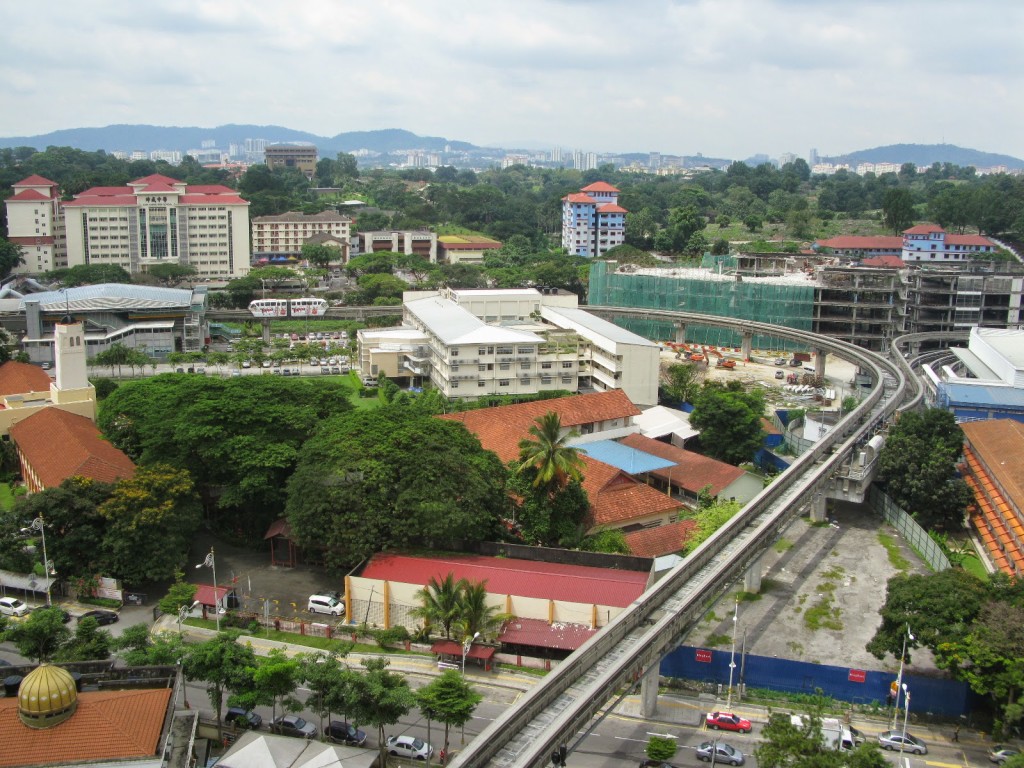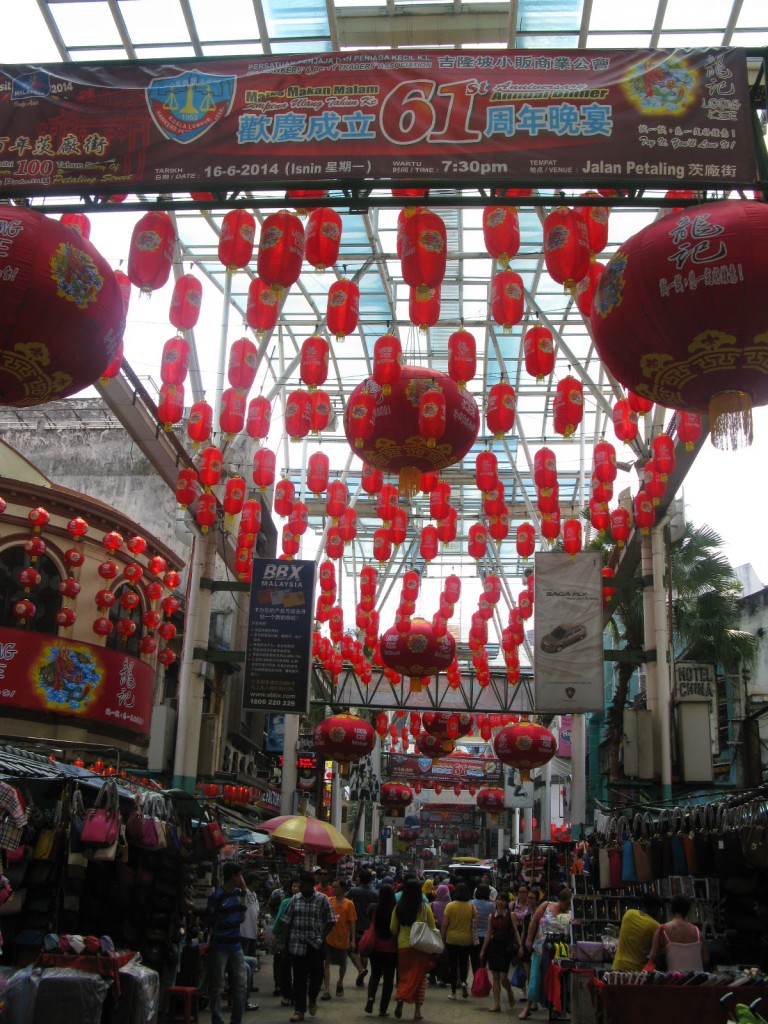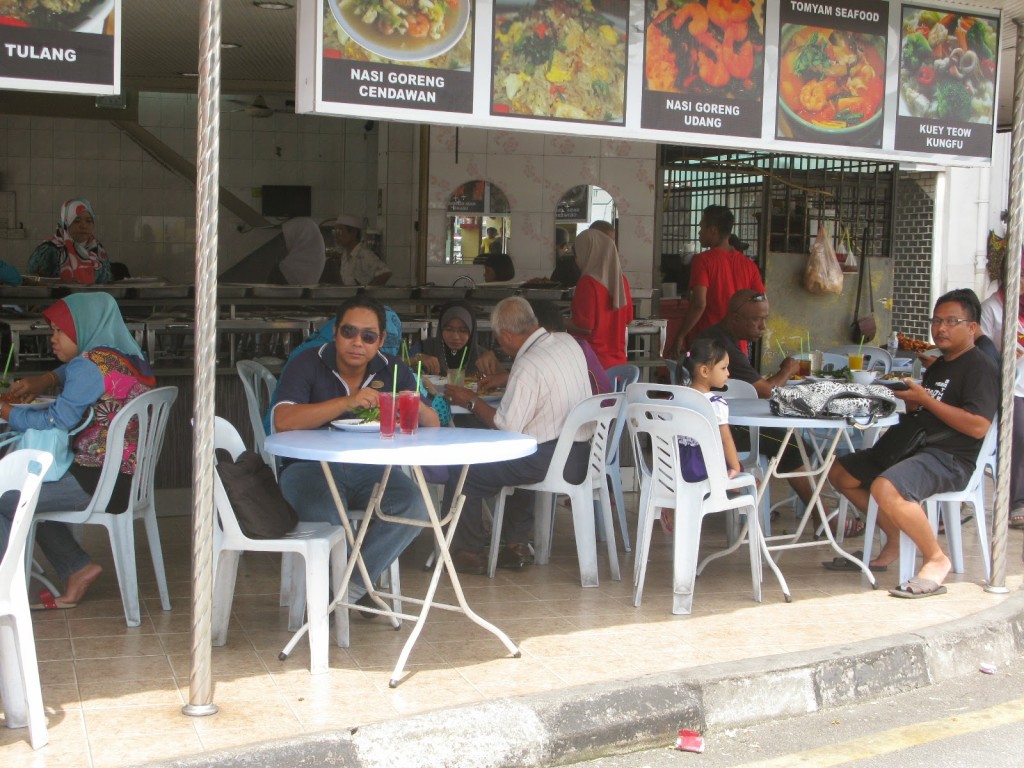Eventually we had to tear ourselves away from Nusa Lembongan – Tao’s House was already fully booked for 27th May so rather than find somewhere else on Lembongan we returned to Sanur, this time staying in the central area. Prima Cottages was nice enough – not as nice as Tao’s, but it had a pool. It also had two parakeets in one large cage and two civets, one with an ugly but clean hole in its side, in another. It was sad to see them there but apparently they belong to the building owners, and the tenants running the hotel can do nothing about them. Sanur beach was a big come-down after Mushroom Bay and, apart from walking along it a couple of times, we didn’t bother with it. Where this part of Sanur did score was on food. After the limited repertoire of Mushroom Bay’s restaurants we revelled in the choice available even at the restaurant closest to the hotel, Lilla Warung, where we ate most nights – it was cheaper than those on the main drag, and so good that we didn’t feel the need to go elsewhere unless it was full. We did manage to catch a free dance show at one restaurant though.
Being in the centre of Sanur meant that we were within walking distance of Hardy’s, a supermarket and clothes shop. The clothes were disappointing (a sort of tropical Primark with that distinctive cheap shoe shop smell), but we bought fruit and stocked up on insect repellent. The market was also disappointing – the small range of fruit and veg was in sharp contrast to other places in SE Asia and surprised me. I did manage to find a new dress along the beach front to replace one of my Goan ones which I’d grown to dislike due to its (deliberately) uneven hemline and tent-like proportions – the new one was well below the knee so more suitable for Malaysia, I thought.
Much of the time was spent researching travel options but I did manage to spend a bit of time just wandering the back streets of Sanur. They are still mostly home to family houses served by corner shops and the kind of warung into which tourists never venture, but it was clear that whenever a property did come onto the market it was likely to be snapped up either for conversion to a guesthouse or demolition, to be replaced by a luxury villa for sale to foreigners. Hopefully the Balinese custom of remaining in their ancestral home (presumably so that the ancestral spirits don’t turn up for their 10 day Galangan visit to find a bunch strangers in occupation!) will mean that the town doesn’t become completely turned over to tourism
In due course we packed up and took a taxi to the airport – Kuta didn’t look any more appealing on the return journey, but the newly built international terminal was impressive, with an attractively curving roof and traditional style stonework. The route to the departure gates was carefully designed to take people past every single shop – although we didn’t plan to buy anything we did notice a stand in the bookshop that was dispensing free samples of coffee, to which we returned once we disovered how much was being charged at the coffee stalls. One of the pots at the unmanned freebie stand turned out to contain luwak coffee, which was on sale at US$50 a pound. We sampled it freely, trying to understand why beans that have been eaten and excreted by civets (before roasting!) should fetch such a high price. It was smoother than a lot of coffee, without the usual acidic bite – but you would have to be an uber-rich coffee nerd to pay those prices.
Kuala Lumpur airport is a good hour’s journey to the south west of the city, but a shuttle bus took us to Sentral station for just 10 ringgits (just under £2) each. Yet another new currency to deal with! KL is quite a sprawling city – lots of high-rise blocks but the terrain is hilly so there are plenty of green patches between the blobs of urbanisation. The most popular areas for tourists to stay are the shopping area of Bukit Bintang (Star Hill) or the Golden Triangle business district, but we had opted for the much cheaper Brickfields area next to Sentral Station. It proved to suit our purposes very well.
Sure, it’s a bit run down, but it didn’t feel unsafe even when I popped out alone to the shops in the evening. As KL’s Little India, there were several cheap Indian restaurants in the steets between the Hotel Sentral and the station and we had our first masala dosa since leaving Singapore (and the 2nd, 3rd, 4th…). There was a laundrette, so we took the opprtuntity to get our clothes washed properly for once (you certainly wouldn’t find one of those in Bukit Bintang!), and it was easy to get the commuter train, light railway or monorail to go wherever we needed to go to replace some of our worn out or broken posessions – new sandals for Mr V; a watch, torch and earphones for me; a computer mouse (to reduce wear on the laptop keyboard). We also stocked up on drugs (the medical kind!) and, on impulse, bought an electric water boiler – the kind that just looks like a kettle element on a lead. Another parcel was sent home containing a few more clothes (mainly Mr V’s s spare long trousers and hat) together with a USB stick of photos as a back up.
Our hotel was quite cheap by KL standards but still way over our normal budget, so it was lucky that it provided a good spread for its buffet breakfasts – we didn’t need to spend too much on food most days. However the large new shopping mall by the station sheltered a decent supermarket that sold good bread, brie and smoked salmon, so we did indulge ourselves a little – unfortunately the bottle of wine that we bought from the “wine igloo”(!) inside one of the Indian off licences turned out to have a cork. None of the shops around sold corkscrews and the hotel didn’t have a bar, so I ended up having to return to the off licence for them to open it. Just being a woman in an off licence was unusual, so the sight of a middle aged white woman carefully carrying an opened bottle of wine down the road did attract a few curious stares.
Just about the only touristy things we did was to go and have a look at the Petronas Towers, now the world’s tallest twin towers (impressive), and have a walk down Chinatown’s main drag (tacky). But really KL doesn’t have many tourist attractions anyway – shopping in one of the dozens of malls seems to be the main occupation of most visitors. Personally I found the number of shops quite overwhelming.
The journey to Ipoh is easy on one on the frequent clean, modern trains that ply the electrified lines. In case the passengers got bored with the endless oil palm plantations, a TV screen at the end of the carriage showed an inoffensive teen drama with English subtitles. Unfortunately Ipoh itself was unimpressive. Apparently it’s something of a foodie destinationfor KL’s residents but we failed to see the appeal and struggled to find somewhere that served something other than chicken. Meat-free dishes seemed to be an alien concept – dishes labelled braised mixed vegetables would include strips of chicken skin and even plain rice tasted suspiciously of chicken broth. The white colonial buildings near the station and the Chinese shophouses of the old town were attractive enough, but not worth a detour.
Ipoh is however a convenient stopping point on the long journey between KL and Penang. It’s possible to complete that journey by rail but the train is inconveniently timed to arrive at Butterworth late at night, so we decided to take the bus. In an attempt to reduce town centre traffic, Ipoh’s local government recently decided to close the main bus station and build a new one 15km out of town, to the disgruntlement of everyone except the one bus company who happened to have its depot near the town centre and who can therefore still board passengers in Ipoh itself. The bus to Butterworth was half full when it left the depot – only three more passengers got on at the vast new bus station in the middle of nowhere.
North of Ipoh the terrain became hillier, so at last the view was of something other than the oil palm plantations that now seem to cover so much of lowland Malaysia, replacing what once upon a time would have been rubber trees. The oil palms are not ugly, but little undergrowth thrives between them and the lack of biodiversity is depressing. The oil palm scenery certainly doesn’t tempt a traveller to linger and explore Malaysia!





